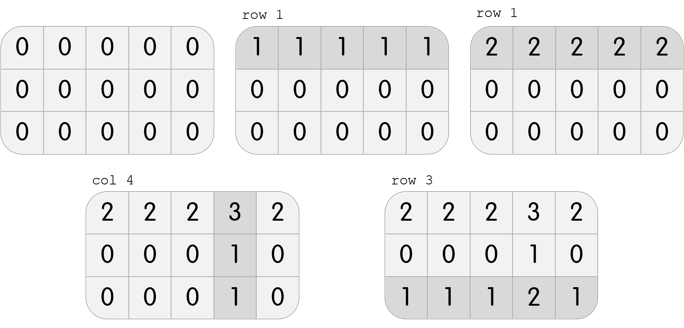Karen is getting ready for a new school day!

It is currently hh:mm, given in a 24-hour format. As you know, Karen loves palindromes, and she believes that it is good luck to wake up when the time is a palindrome.
What is the minimum number of minutes she should sleep, such that, when she wakes up, the time is a palindrome?
Remember that a palindrome is a string that reads the same forwards and backwards. For instance, 05:39 is not a palindrome, because 05:39 backwards is 93:50. On the other hand, 05:50 is a palindrome, because 05:50 backwards is 05:50.
The first and only line of input contains a single string in the format hh:mm (00 ≤ hh ≤ 23, 00 ≤ mm ≤ 59).
Output a single integer on a line by itself, the minimum number of minutes she should sleep, such that, when she wakes up, the time is a palindrome.
05:39
11
13:31
0
23:59
1
In the first test case, the minimum number of minutes Karen should sleep for is 11. She can wake up at 05:50, when the time is a palindrome.
In the second test case, Karen can wake up immediately, as the current time, 13:31, is already a palindrome.
In the third test case, the minimum number of minutes Karen should sleep for is 1 minute. She can wake up at 00:00, when the time is a palindrome.
要明白palindrome是回文串的意思,看着这个单词懵B了小一会,然后就是分钟个位数字相同和点钟十位数字相同,分钟十位数字相同和点钟个位数字相同,所以就是个很简单的暴力啦
#include<bits/stdc++.h> using namespace std; int main(){ int h,m; scanf("%d:%d",&h,&m); int t=h*60+m; for(int i=h;i<=24;i++) for(int j=0;j<60;j++) if(60*i+j>=t&&i%24%10==j/10&&j%10==i%24/10) return 0*printf("%d",60*i+j-t); return 0; }



